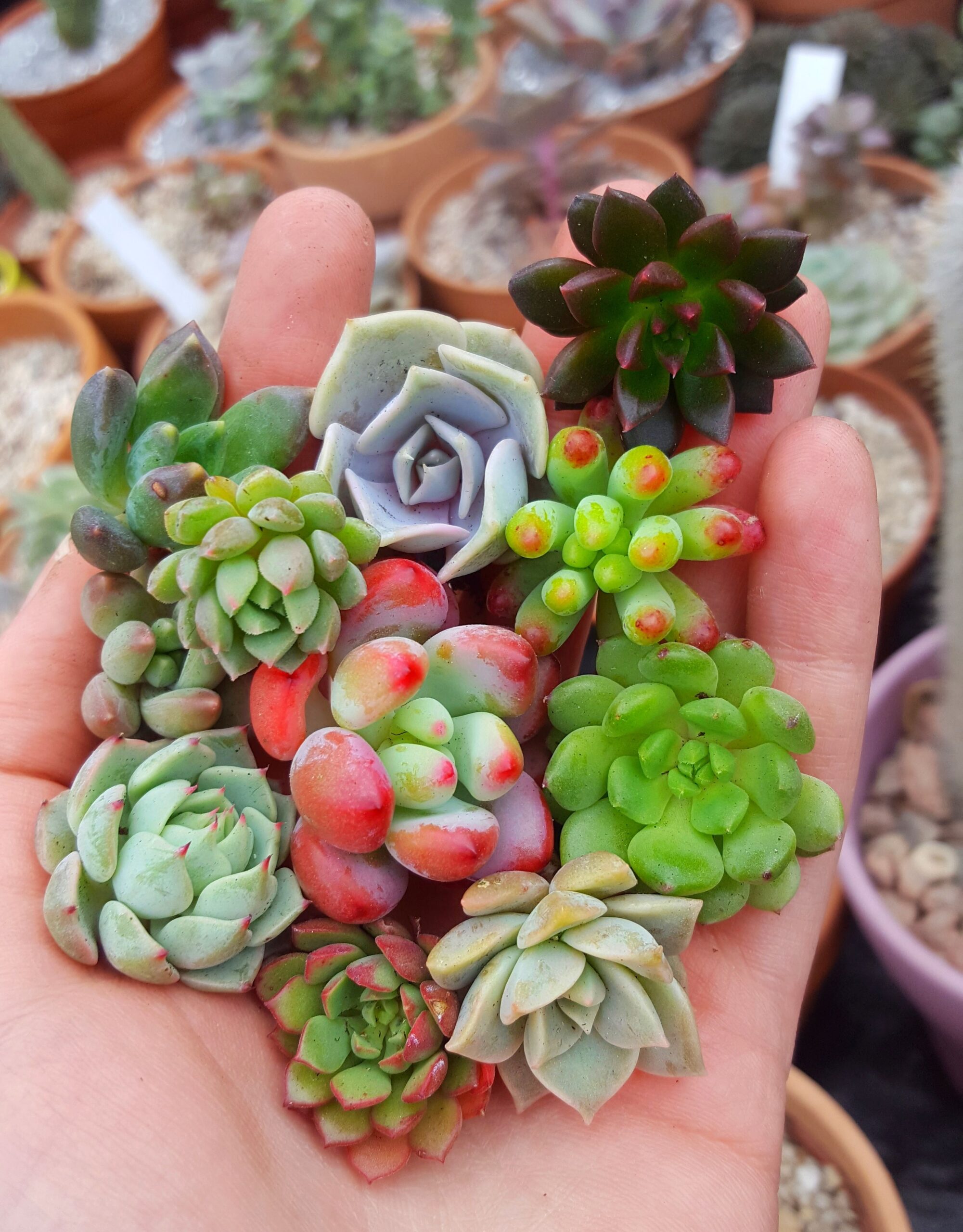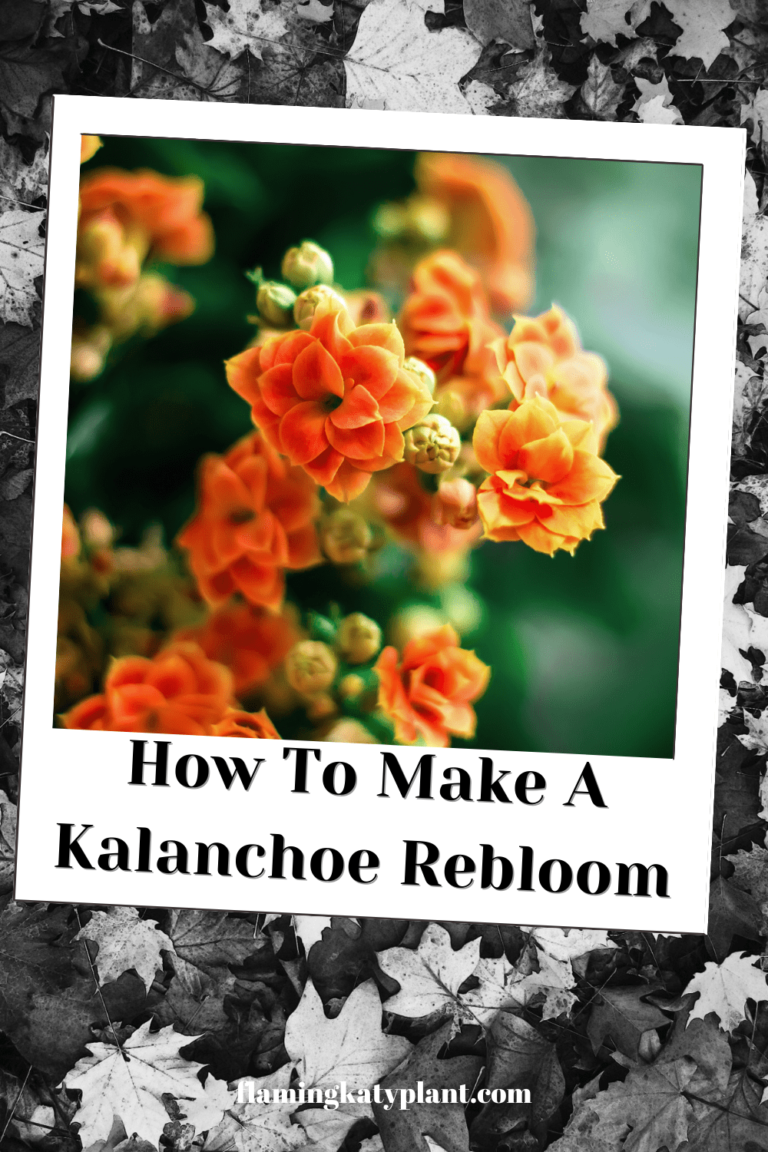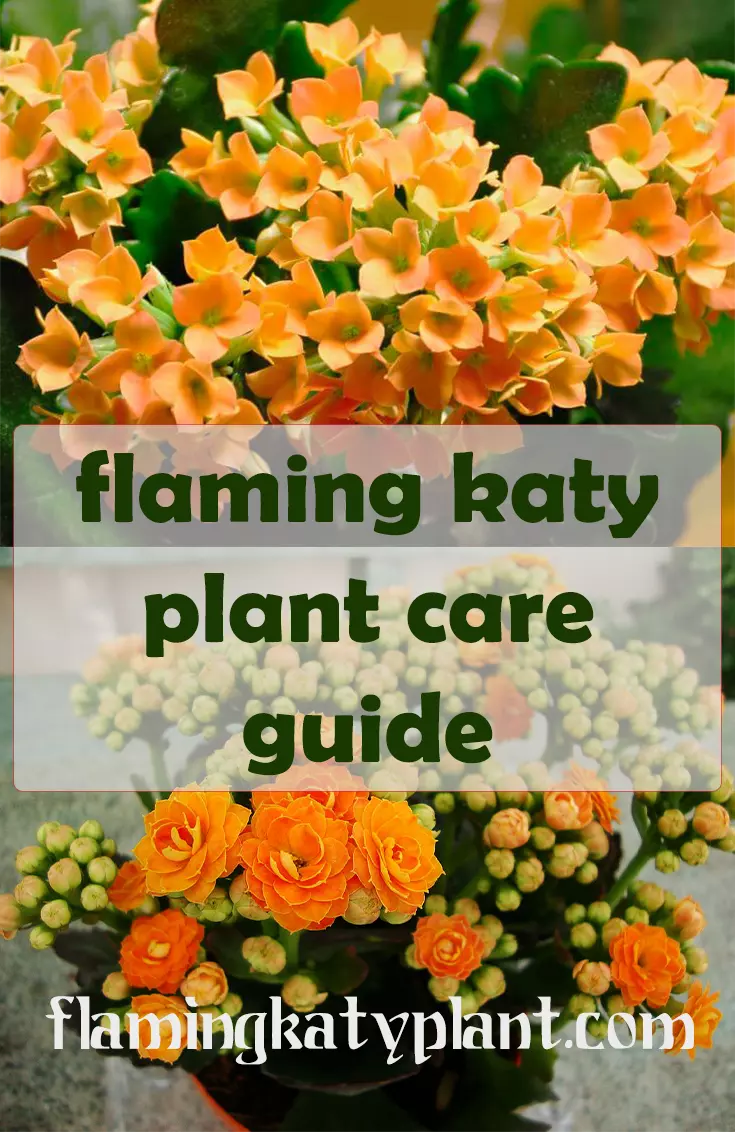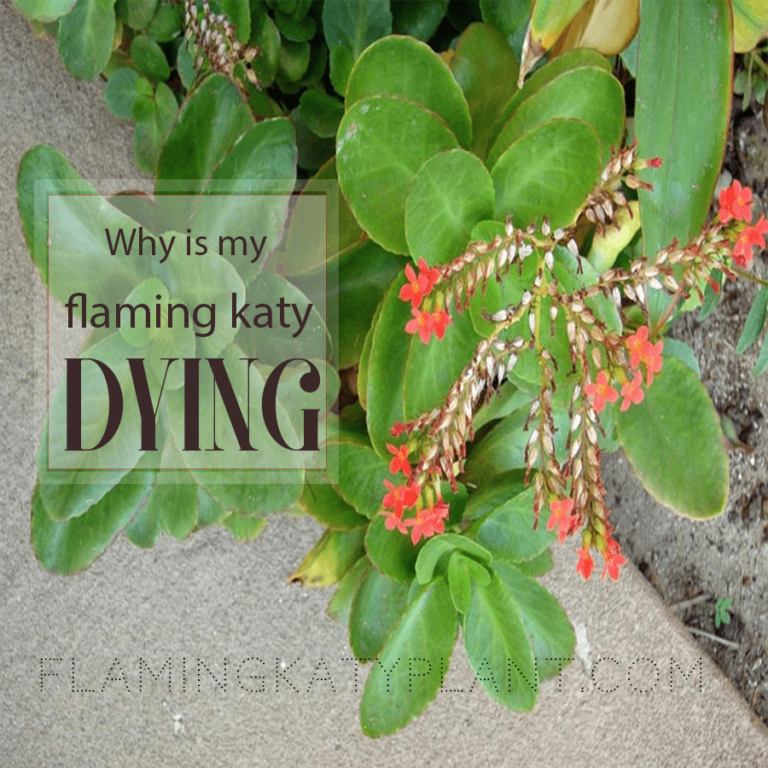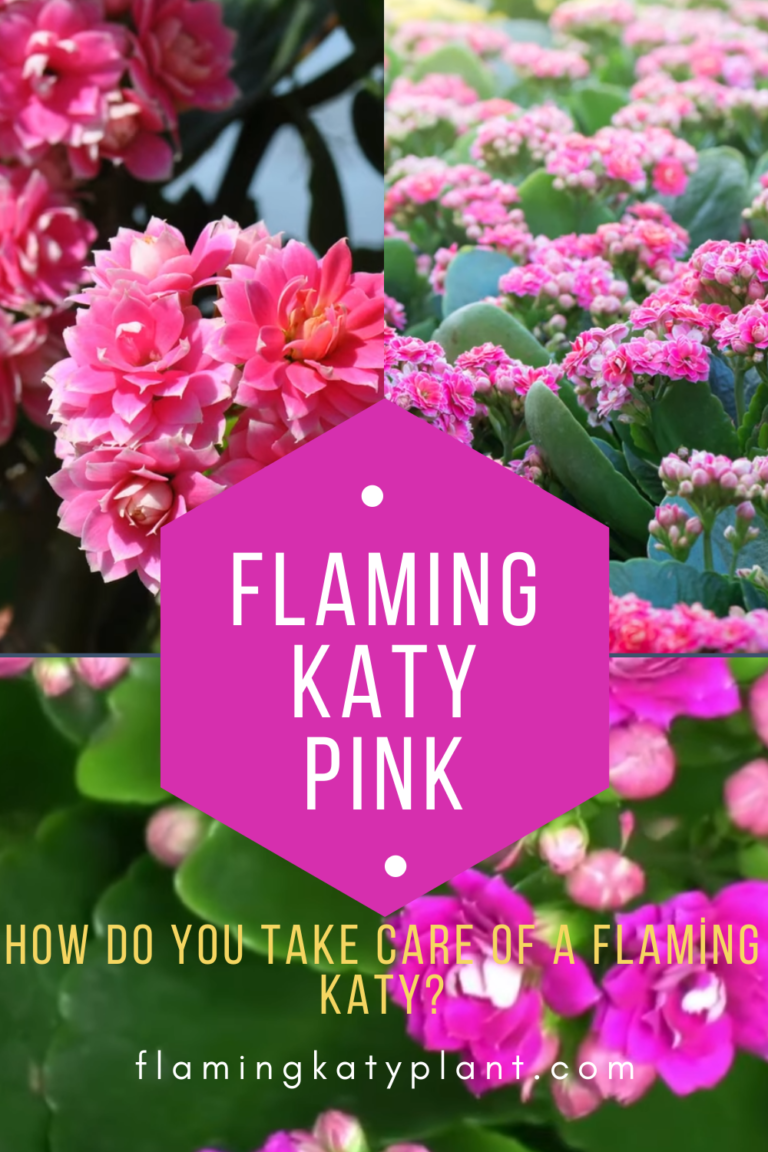Growing succulents – a quick and easy guide
Growing succulents. Planting a succulent garden is a fun and easy activity, and I will share with you some ideas on how to start growing succulents in your own garden. Since I am an avid gardener myself, I am looking for an excuse to go outside and do something in the garden. However, time can sometimes be short. This activity can be carried out quite quickly and with very few materials. It is also easy enough for young children to join in the fun!
Now my garden is small, so I have to think a little more compact than those with a lot of space to play. Succulents are a great way to add color, variety and a unique feature to the garden or terrace, even in the smallest space. Now let’s get started!

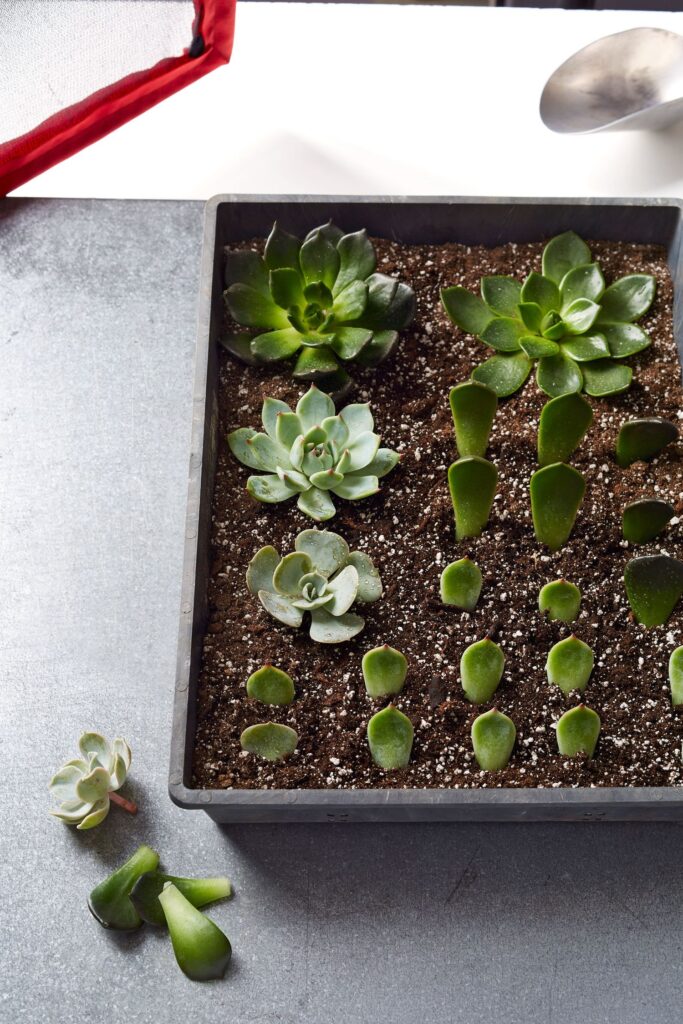
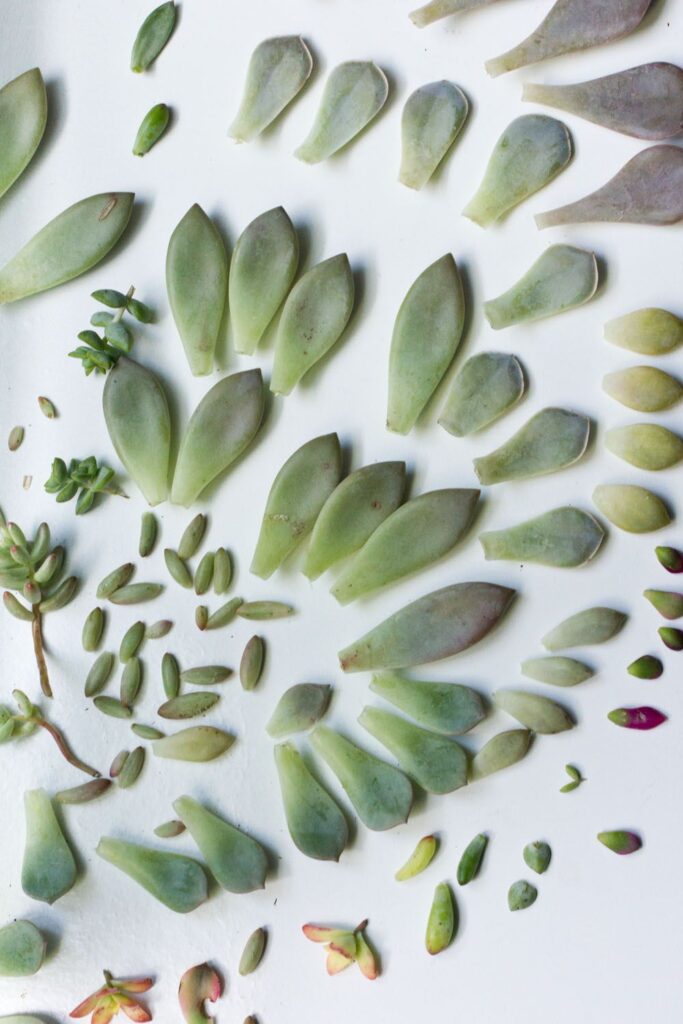

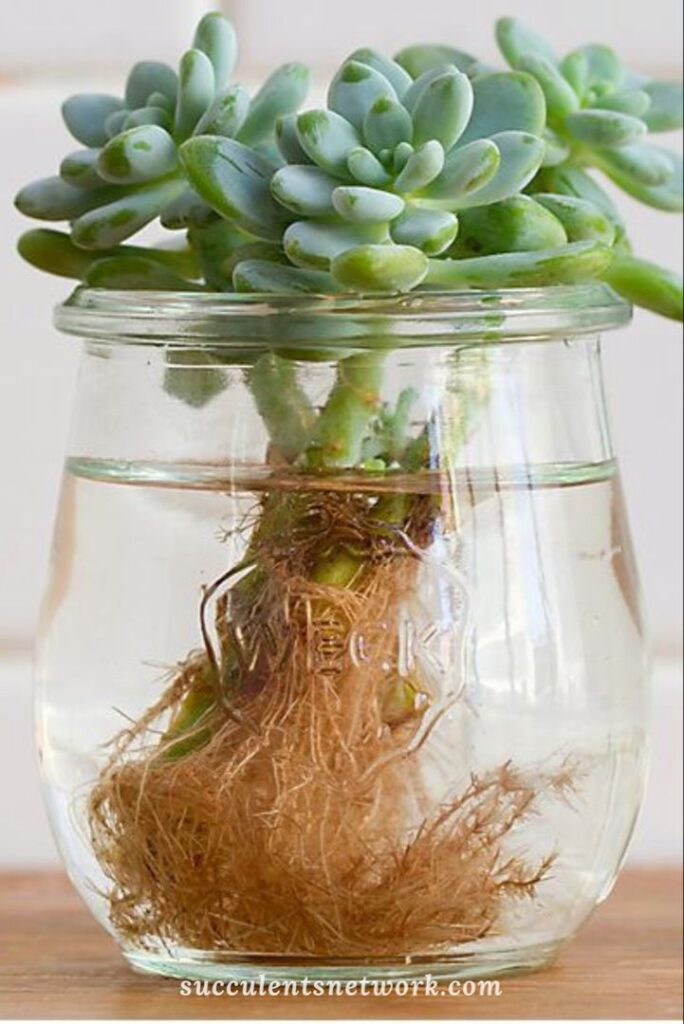
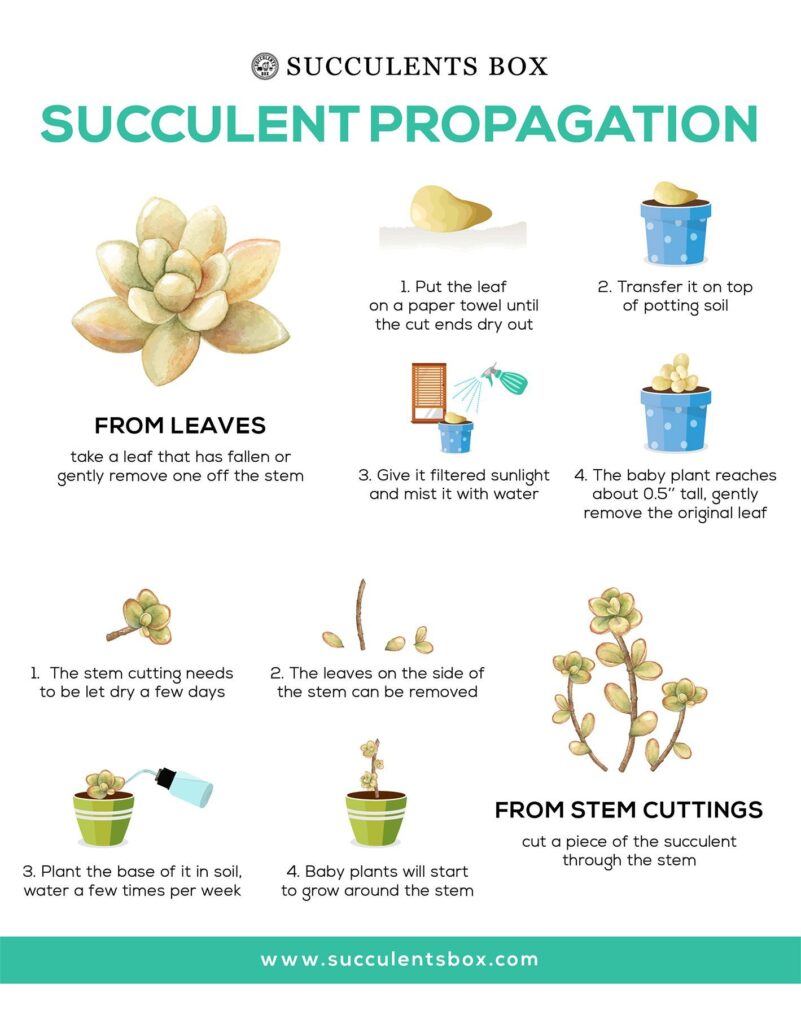
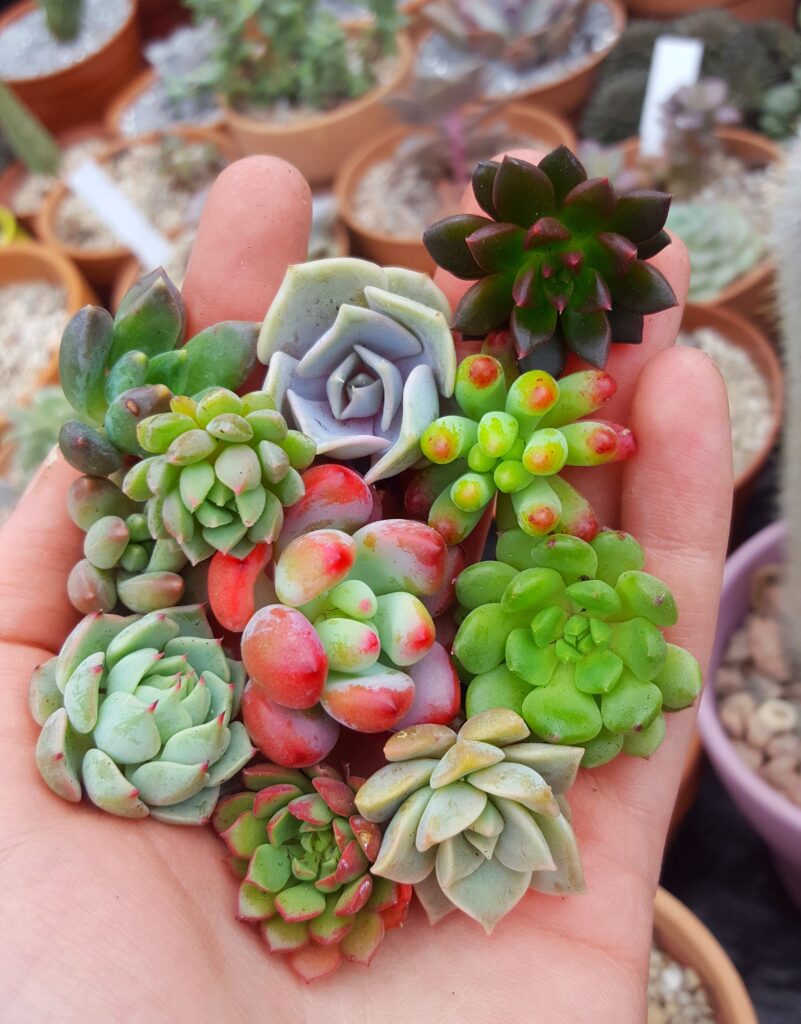
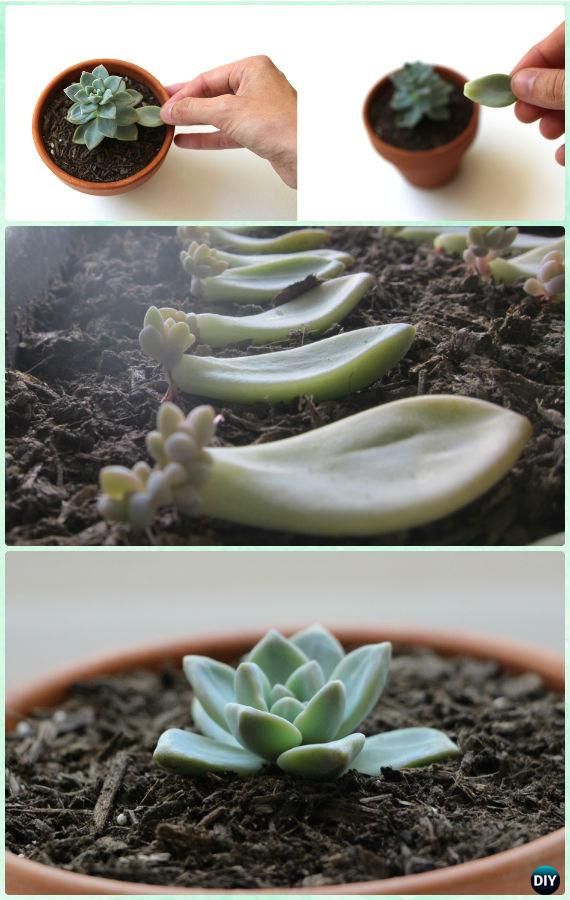
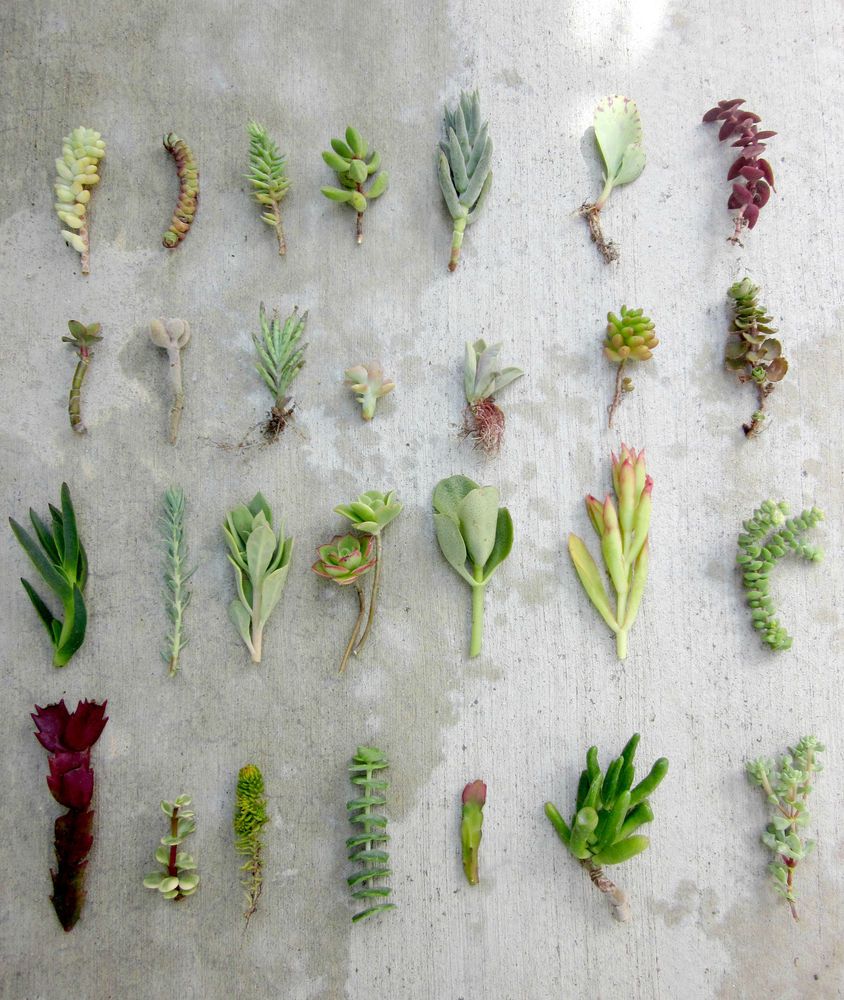
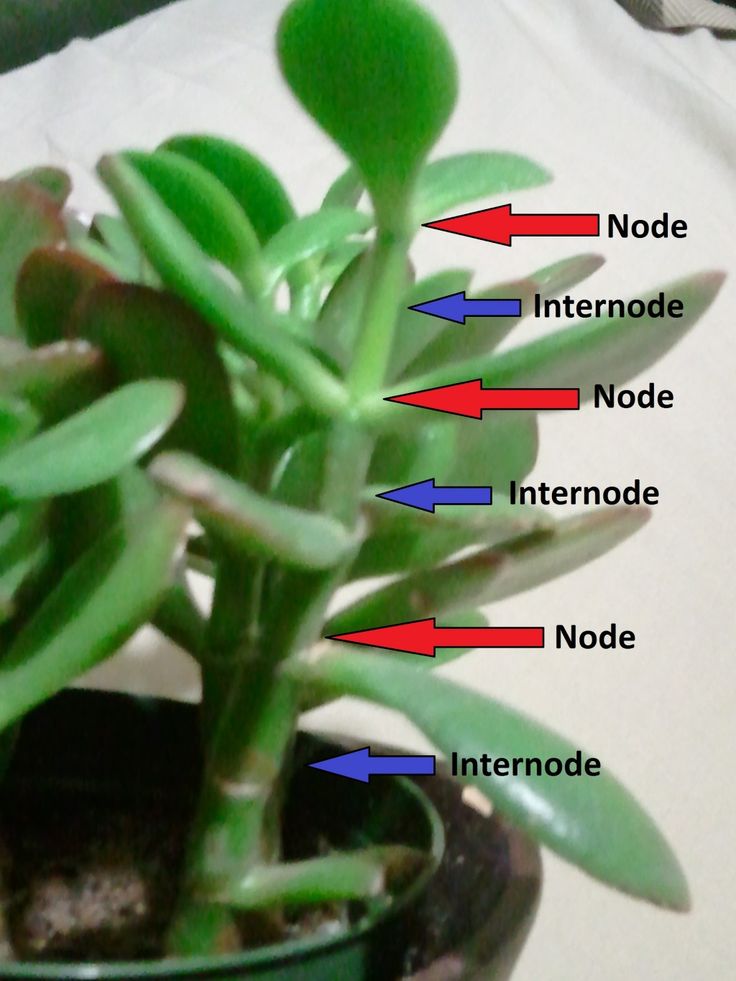
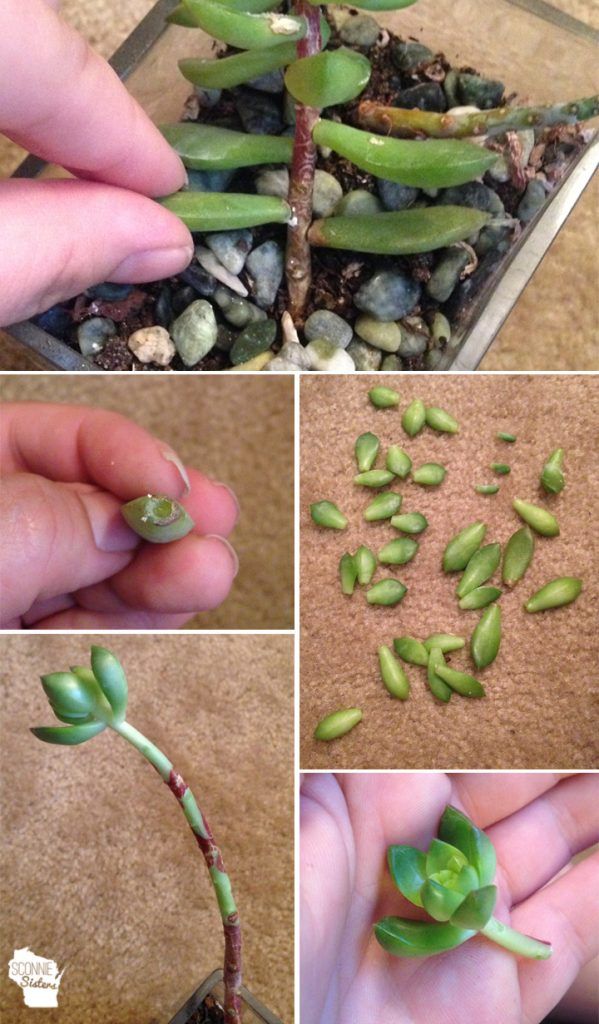
You need to get yourself a small pot with a good drain hole in the bottom. Succulents do not like moist soil, so buy soil that is made specifically for succulents, or soil that provides a lot of drainage.
For a few dollars you can buy yourself a small succulent or if you know someone who already grows succulents, ask if he will give you a cuttings from him. Later, when your succulent grows larger, you can make your own cuttings. This saves a lot of time and saves your wallet.
Place the earth in the pot, leaving about one centimeter of the pot free at the top. Dig into the soil in your pot to make room for the new succulent or cuttings, then place the succulent in the pot and cover the roots or the base of the cuttings with soil. Be sure to leave a centimeter pot free at the top. Pour and put in a sunny place.
That’s it! You have now created an attractive succulent garden. You can continue to grow succulents with more small pots with this procedure, or switch to larger pots and plant several succulents together. Succulents store water, so be careful not to water too much. Let the soil dry before watering again and you will have a wonderful addition to your garden or terrace for years to come.
Succulents are perfect plants for dry gardens and are easy to root and grow. Once you’ve learned how easy it is to propagate succulents, this is a great way to expand your plant collection – and it’s free! You can use this planting technique with succulents from the crassula family, such as jade (C. ovata), spoon jade or Gollum Fingers (C. Portulacea, rosary plant (C. Rupestris) and Crassula tetragona. This propagation technique also works on other cacti and succulents such as aloe vera, echeveria, aeonium and baby jade (Portulacaria afra).
Planting succulent cuttings: Start with a cuttings about 4 – 6 inches long. Dig about half of the stem into soil. This ensures deep roots and helps the plant to survive drought better. Cut off the last few leaves to get a bare stem, if necessary. The leaves can also be planted; bury about half of the leaf with the cut side down. Most succulents and shrubs form roots at the joints of their stems.
Watering succulent cuttings: water every 2-3 days so that the earth is moist (like a squeezed sponge). After a month, reduce the monthly watering. The leaves are likely to shrink a little as the plant forms roots. The plant lives on the energy stored in its leaves. This is normal. You can also lose a few leaves, which is also normal. Don’t use this as an excuse for too much water!
Keep all your broken parts and sheets. When I repot, I always keep all my little things. Stick them in the ground and let a little green stick out. Most of the parts will take root and grow into an additional plant.
How to grow succulents: Succulents need warmth and light. Outdoors, most succulents need full sun to light shade. Some succulents change color in the sun and with the seasons. If you see brown, scabby spots, the plants will get too much sun off. Aloe plants turn orange in full sun.
Most succulents and cacti are excellent indoor plants. They are already accustomed to a warm, dry environment, but they need bright light. Indoors, most succulents can tolerate sun near a window or bright light. As a general rule of thumb, if there is enough sunlight to read, there is probably also enough sun to make your plant happy. Outdoors, aloe and haworthia like bright light, but absorb less sunlight than most succulents. An hour or two of direct sun is usually their limit. They turn orange when they get too much sun. If you move them to more shadows, they will turn green again.
A very light frost is usually not a problem for succulents. However, a hard freeze will freeze them tightly. Outdoors, you can survive a frost if you have an overhead guard. In cold winter areas, bring your plants indoors and place them in a place with a lot of light.
How to water succulents and cacti: Succulents are native to places like South Africa, South America and the arid Southwest. Keep this in mind when choosing a place for your plants. Succulents and cacti are able to store water in their leaves and stems to survive long periods of drought. Indoors, soak the pot and let the soil dry out between waterings. Water them outdoors a couple of times on the hottest summer days (if they look shriveled), otherwise leave them alone. The fastest way to kill succulents is to overwater them.
Soil requirements for succulents and cacti: Succulents in the pot: The preferred soil for succulents is light and quickly draining. Some retailers carry a special cactus soil, which is ideal. But ordinary potting soil can also be used. Just keep in mind that regular potting soil is formulated to retain water, so let it dry between watering (after your plants are established). Do not use the potting soil with added fertilizer, as it may be too “rich” for succulents. If available, add a shovel of sharp sand or fine gravel to help drainage.
Outdoor Succulent Cuttings: In general, you can stick your succulent cuttings directly into the ground at the exact spot where you want the plant to grow. Just break up the soil (add a little potting soil if you have to) and plant your cuttings. If the area is in full sun, it will be easier for your plant pruning to take root and establish itself if you shade it for a couple of weeks or something like that. You can use a shade cloth, a piece of cardboard or something else that will keep the sun away from your cuttings for a few hours during the day.
If you are rooting a succulent cuttings in a pot, but want to plant it in your garden, I recommend using mainly soil from your own garden in the pot. You can add a ball of potting soil if you want, but the best thing is to accustom your cuttings to your native soil from the very beginning. Your plant will have a better transition from pot to garden soil if you plant it. Under www.theGardenPages.com find photos of succulents that are easily propagated by cuttings.
